Copper plants are long-time favorites
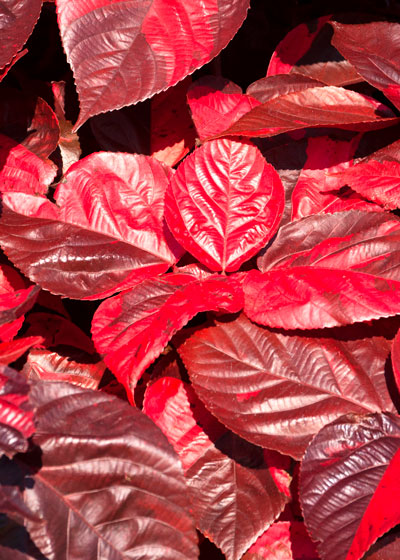
By the time I was 13 or 14 I pretty well knew what I wanted to do. It was going to involve landscaping, nurseries or greenhouses. There was fine-tuning still to be done, but that was pretty much it.
Saturdays meant reading the Houston Post and garden editor May Del Flagg. More than that I pored over the many nursery and flower shop ads.
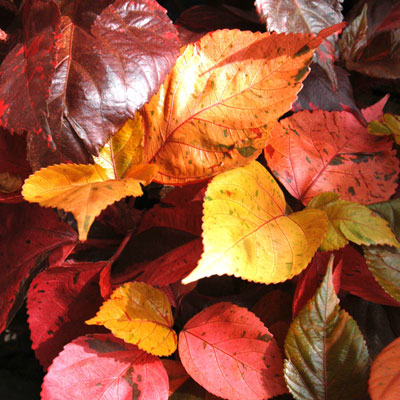
On a seemingly random note, I wear width 6-E shoes. I’m built like a duck. They didn’t sell shoes like that in College Station. (Probably still don’t.) So we’d go to Houston and I’d beg side trips to all the nurseries on our side of town.
One Saturday we drove through Hermann Park and I saw a big bed of the most beautiful foliage plants I’d ever seen. Something called “copper plant.” I was smitten, and off we went to find some in one of those nurseries.
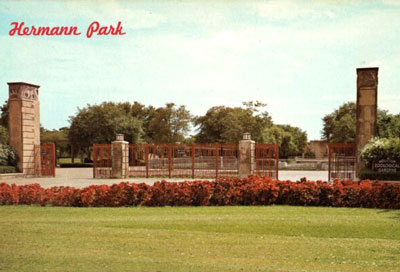
About that same time Prof. A.F. deWerth was growing its sister, chenille plant, in the A&M greenhouses. I’d seen it through the greenhouse fans in the evenings. (Prof. deWerth didn’t encourage high school visitors into the greenhouses, even those with professors as fathers.) But only then did I realize the two plants were so closely related.
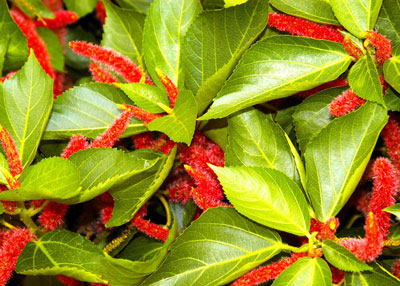
I started at A&M but transferred to Ohio State as a junior. The horticulture program there was about 25 times the size of A&M’s at that time, and Dr. D.C. Kiplinger was one of the finest teachers, friends and advisors I ever had. Changing universities proved to be a wonderful decision.
After I finished my two degrees at OSU, Lynn and I married and I taught high school horticulture for two years in Shelby, Ohio. We then moved to Dallas where I started work with the Extension Service and Texas A&M.
Wouldn’t you know – in those seven years that I’d been in Ohio copper plants had become a really big deal. They were just about everywhere, and the City of Dallas was even using chenille plants as bedding plants, too.
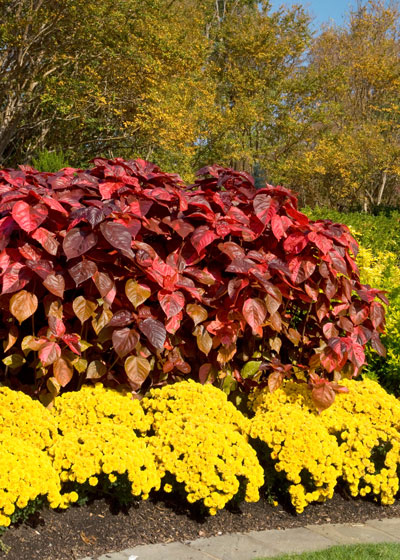
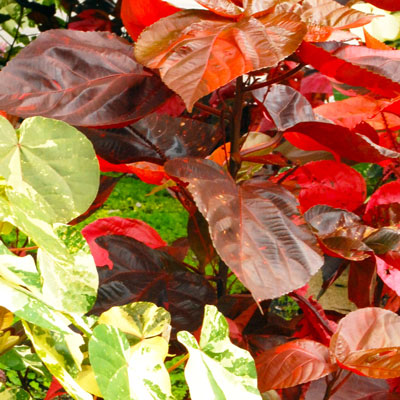
In the 50 years since, we’ve moved on to other favorite plants. Occasionally you’ll see copper plants in nurseries and even in landscaping beds. Improved forms have been developed, and types with unusual variegation have come into the market.
But my old favorite plant has been set aside for the time being. There’s going to come a time when folks will haul it out and dust it off and realize once again what a great plant it is for the hot, sunny time we call summer.
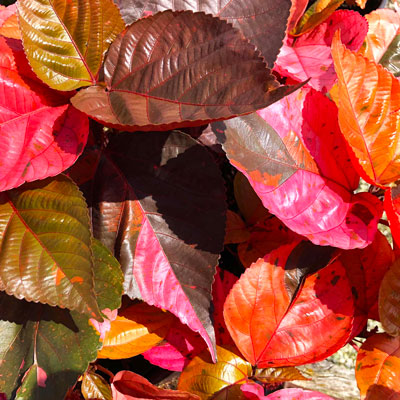
Simple to grow…
• Copper plants do their best in full sun. In the summer! That’s saying a lot here in Texas.
• It grows to be 30 to 36 inches tall, but wise gardeners pinch out its growing tips a couple of times during the season to keep it more compact.
• It grows best in highly organic planting soil and when it’s kept consistently moist. Feed it with a water-soluble, high-nitrogen fertilizer.
• The best foliage color will come in the fall as the temperatures start to drop into the low 60s and below at night. From that point until frost it will be absolutely stunning.
